Affiliate links on Android Authority may earn us a commission. Learn more.
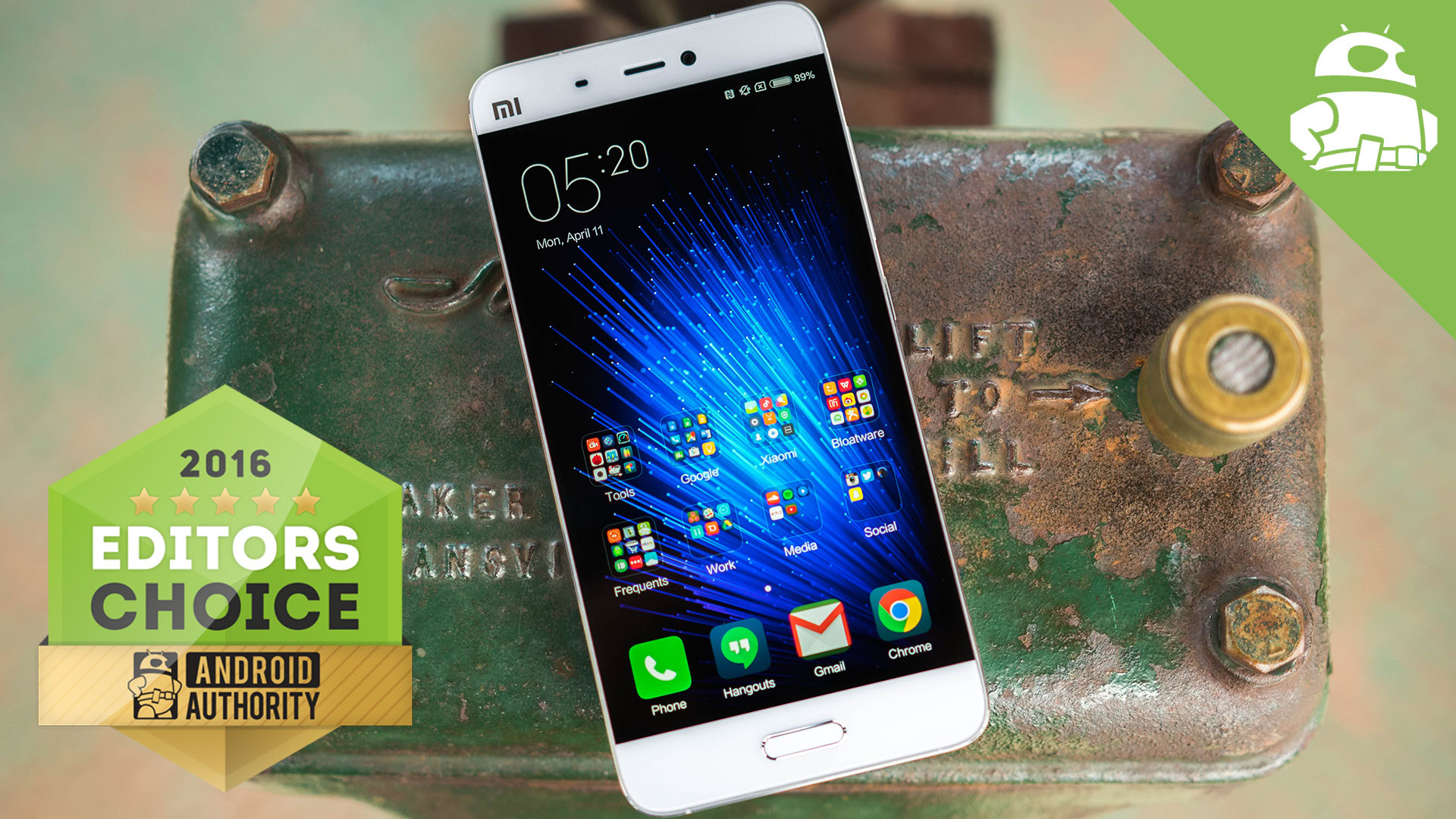
Xiaomi Mi 5 Review
April 19, 2016
Xiaomi Mi 5
What we like
What we don't like
Our scores
Xiaomi Mi 5
Nearly five years ago, Xiaomi released their first smartphone: the Mi 1, and with it, arguably began revolutionising the affordable smartphone market. Xiaomi’s goal of using inexpensive hardware to increase MIUI’s presence within China was simple and effective and certainly paid off; in 2015, for example, Xiaomi shipped nearly seventy million smartphones, the most of any smartphone manufacturer within China.

Design
With the Mi 5, Xiaomi has included previously introduced design elements like the 3D glass from the Mi Note in addition to newly introduced aspects like the physical home button.
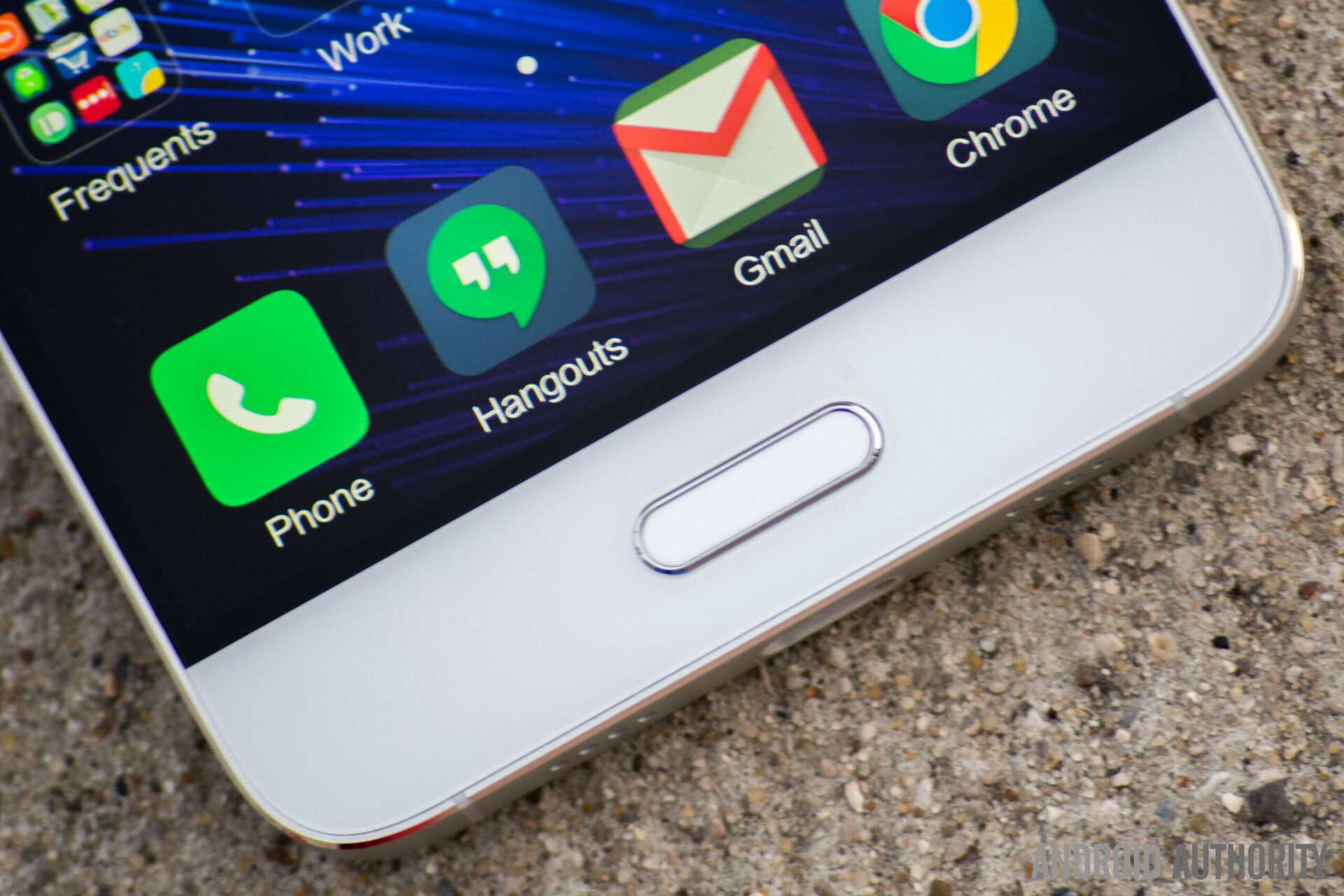
Premium aspects such as the curved glass found on the rear, contouring metal frame, and illusionary bezel-less display are strong indicators of the Xiaomi Mi 5’s flagship ranking. The phone’s form makes it comfortable to hold, even with a single hand. Whether you prefer glass over other materials or not, there is something to said for curved glass edges. While some may be led to believe that Samsung initially started this trend with the Galaxy Note 5, Xiaomi was actually first to implement “3D glass” with the Mi Note.
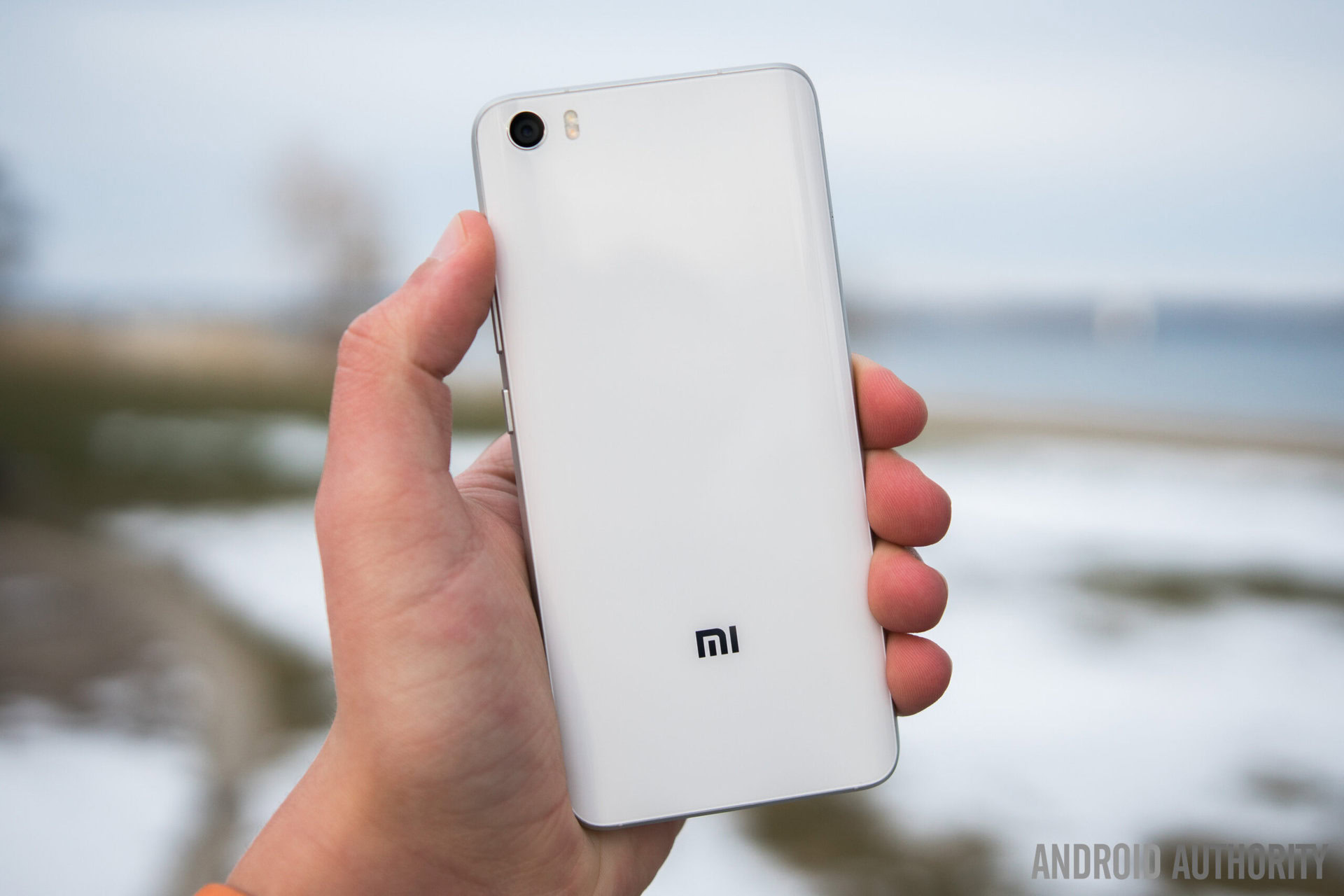
Of course, the glass back on the Mi 5 does present a couple of issues that are worth mentioning. Most annoyingly is the device’s slipperiness on many surfaces, which can cause it to slip and fall from dangerous heights when not attended to. I also expact that the black model collects fingerprints easily, which can prove to be a nuisance, although the white model hardly attracts fingerprints so this may not be an issue.
Also read:
Xiaomi Mi 4i review
Xiaomi Mi 4 review
Xiaomi Mi Note Pro review
Xiaomi Redmi Note 3 review
The Mi 5’s build quality seems to be on par with other flagship smartphones. It feels solid in the hand, and tactile feedback from the power and volume buttons as well as features like flush camera optics are immediately noticeable and appreciated. The craftsmanship is what sets the Xiaomi Mi 5 apart from much of the competition within the same price range, and I have no reservations about this phone’s durability.
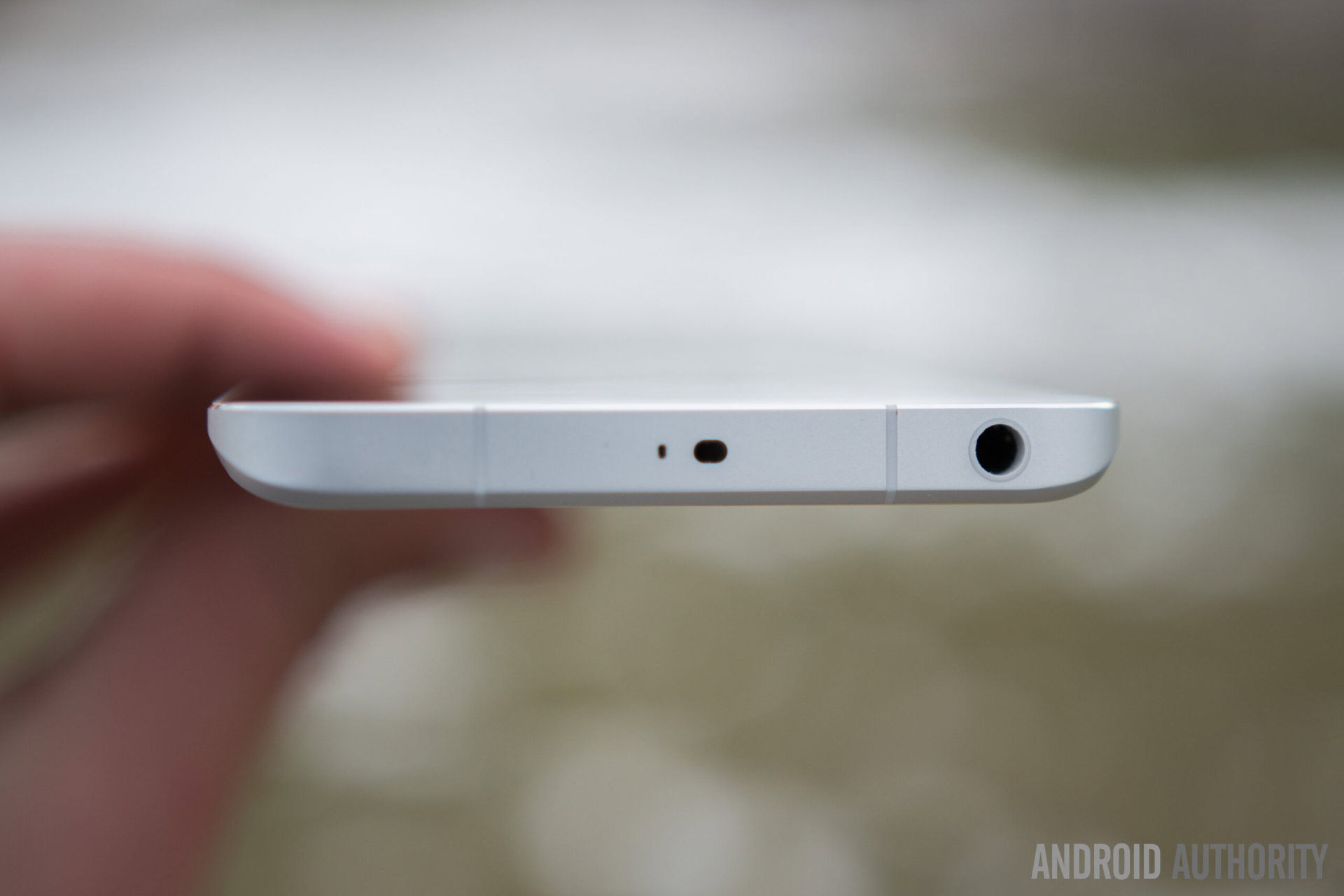
Those who enjoy having IR blasters will be happy to learn that the Xiaomi Mi 5 includes one at its top, which allows you to control anything from a television to a fan. While the Mi Remote app does support a respectable number of products, we also found Peel Smart Remote to be an excellent third party alternative, with better support within the U.S. and a few extra handy features. Regardless, the IR blaster is a godsend for those who find themselves watching many hours of TV or using a household appliance often.
Just like every Xiaomi device, there is a multi-colored notification LED which can even be customized based on notification type in the phone’s built-in settings menu. I love having a notification LED on my smartphone, as it saves me from having to manually check for notifications in a compulsive manner. As we noted above, there is a physical home button, which is nested between two illuminated capacitive keys, which unfortunately do not follow the Android standard layout, but do stay true to Xiaomi’s traditional layout.
Display
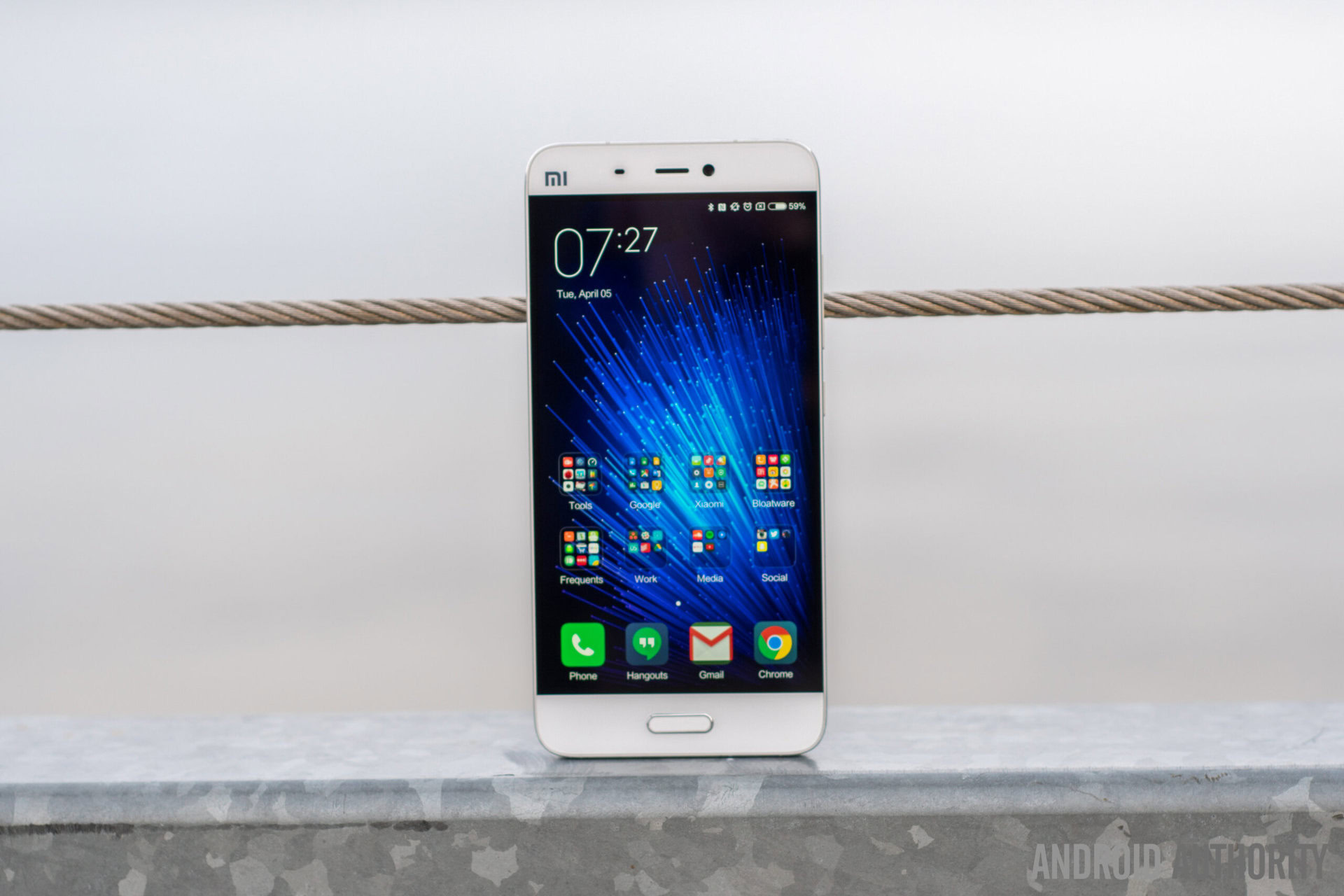
Although many recently released flagship smartphones, like the Samsung Galaxy S7 and HTC 10, are shipping with quad HD displays, Xiaomi has chosen to stick with the tried-and-true full HD resolution. I personally respect this decision as 1080P panels are often cheaper, use less battery power, and virtually all users will be unable to notice a difference, especially at the Mi 5’s size.
The 5.15″ 1080P panel on the Mi 5 is also one of the best we’ve seen, thanks to vibrant and saturated colors, deep blacks, great contrast, and excellent viewing angles. We also found sunlight readability to be very good during our testing, as was the adaptive brightness feature. MIUI handles brightness adjustments notably well, and I rarely had to reach for the adaptive brightness slider during my testing, something which can’t be said for all smartphones available today.
Performance
If there is just one aspect of the Xiaomi Mi 5 that tips the flagship smartphone scale, it has to be its beastly Qualcomm Snapdragon 820 processor. It’s one of the fastest mobile processors available on the market today, and we were happy to see its inclusion in the Mi 5.

It is not entirely implausible that Xiaomi delayed the Mi 5’s release in the face of the Snapdragon 810, which was tainted by several overheating rumors. The Snapdragon 820 is even faster than the 810 and has barely any negative press associated with it in comparison to its predecessor. Regardless of Xiaomi’s reasoning to wait nearly two years between major flagship launches, there is no denying that Mi fans will appreciate having what is likely the best mobile processor available to date.
In addition to its Snapdragon 820, the Mi 5 is shipping in variants with either 3 or 4 GB of RAM, which should be plenty for most users. Even with my 3 GB base model, benchmark scores were impressive to say the least.
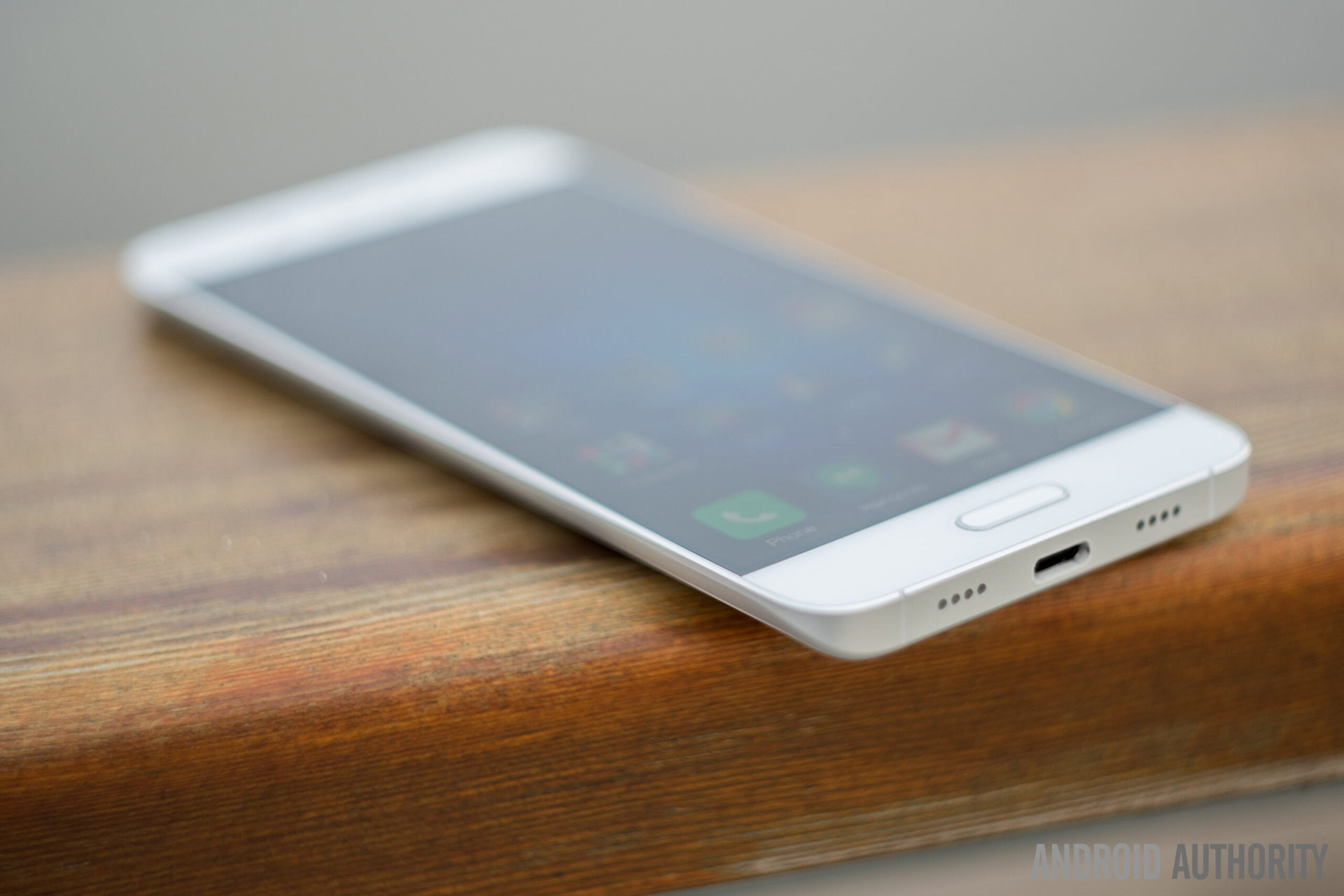
Gaming performance was also great on the Mi 5, thanks to the Adreno 530. I had no issues playing high-end games, and you can be confident that the Xiaomi Mi 5 will remain a great gaming performer for some time to come. Overall, the combination of the latest in processors and GPUs has delivered an experience that’s fast, fluid and future-proof.
Hardware
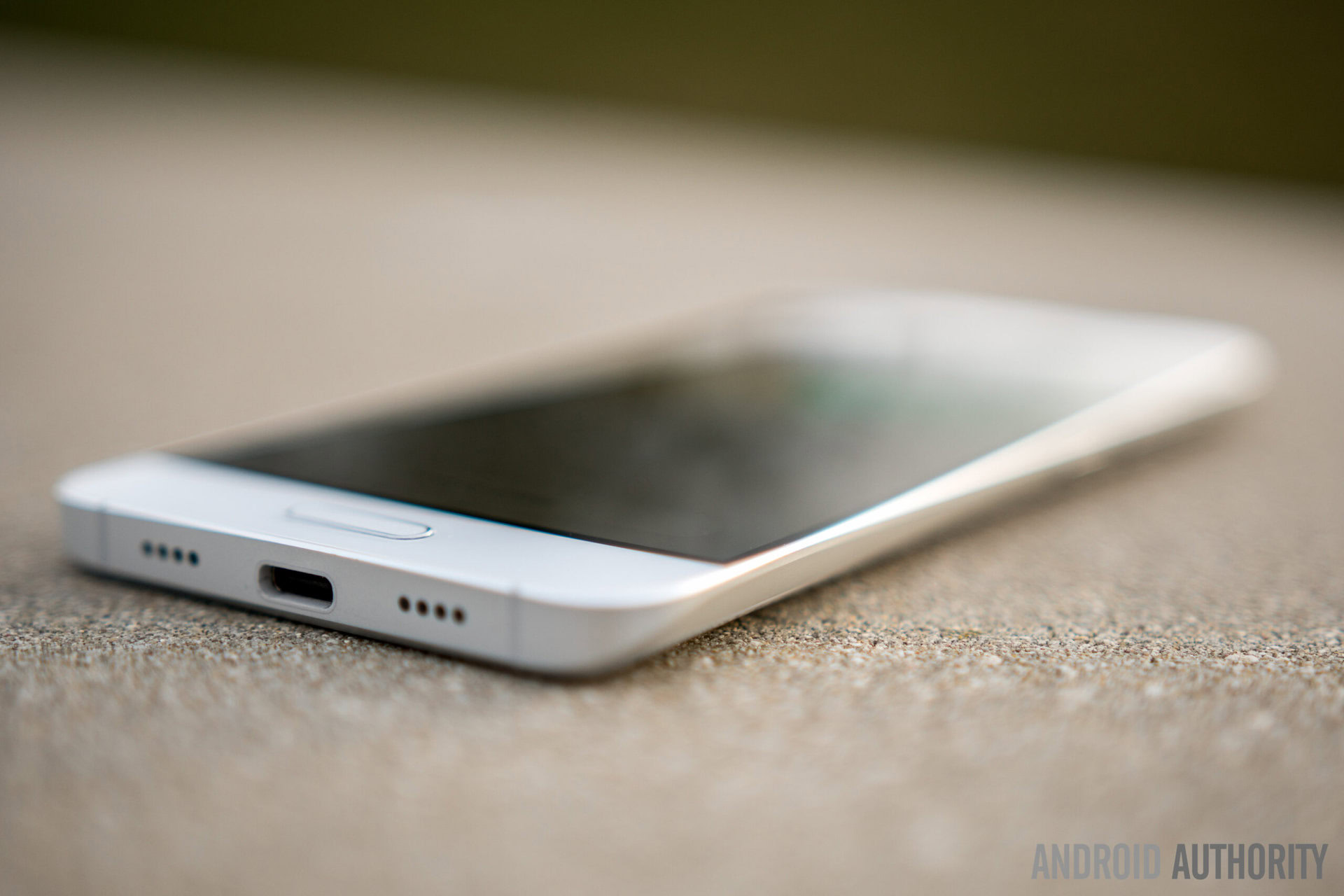
With 802.11ac Wi-Fi, Bluetooth 4.2 LE, NFC, and GPS with A-GPS, the Mi 5 offers the connectivity options we expect from a flagship. Since it is an unlocked dual-SIM device, you can use two phone numbers simultaneously. Cellular data will be limited to HSPA+ within the U.S., as neither AT&T’s nor T-Mobile’s 4G LTE network is supported. We should also mention that you may not receive HSPA+ in some areas when using T-Mobile, since the phone lacks AWS (1700/2100MHz) support. This is not an issue when using AT&T. Here is the full list of frequencies that the Chinese variant Mi 5 supports:
FDD-LTE B1, B3, B7
TD-LTE B38, B39, B40, B41
TD-SCDMA B34, B39
WCDMA 850, 900, 1900, 2100MHz
GSM 850, 900, 1800, 1900MHz
EVDO/CDMA 1X BC0
Now that cellular frequency support has been addressed, we can discuss other aspects of the Mi 5’s hardware. One of those things is, call quality, which we found to be excellent. When asked, callers said they heard me loud and clear, and I thought they sounded great as well. If you are someone who still appreciates a good amount of traditional phones calls, you will love the Mi 5.
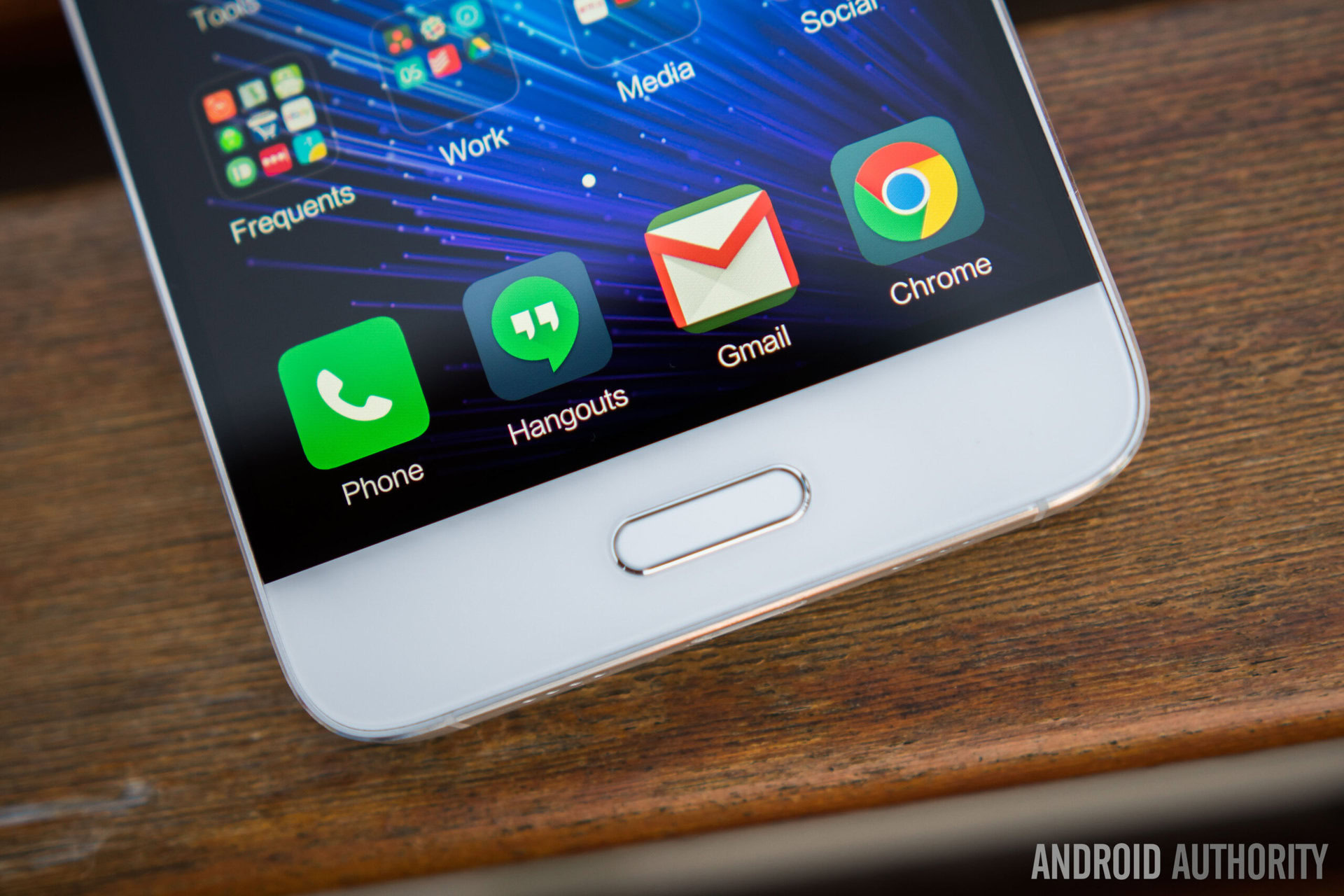
Xiaomi’s fingerprint readers have always been on par with other smartphones, but the Mi 5 takes that position to the next level. The Mi 5’s embedded fingerprint reader is the fastest that I have encountered while still remaining very accurate. In fact, it proved to be even faster than the fingerprint reader found on the Google Nexus 6P in nearly all of my side-by-side tests. When unlocking the Xiaomi Mi 5 from sleep, the lock screen is visible only for about a tenth of second, if at all. Needless to say, the Mi 5’s fingerprint reader performance is very impressive indeed.
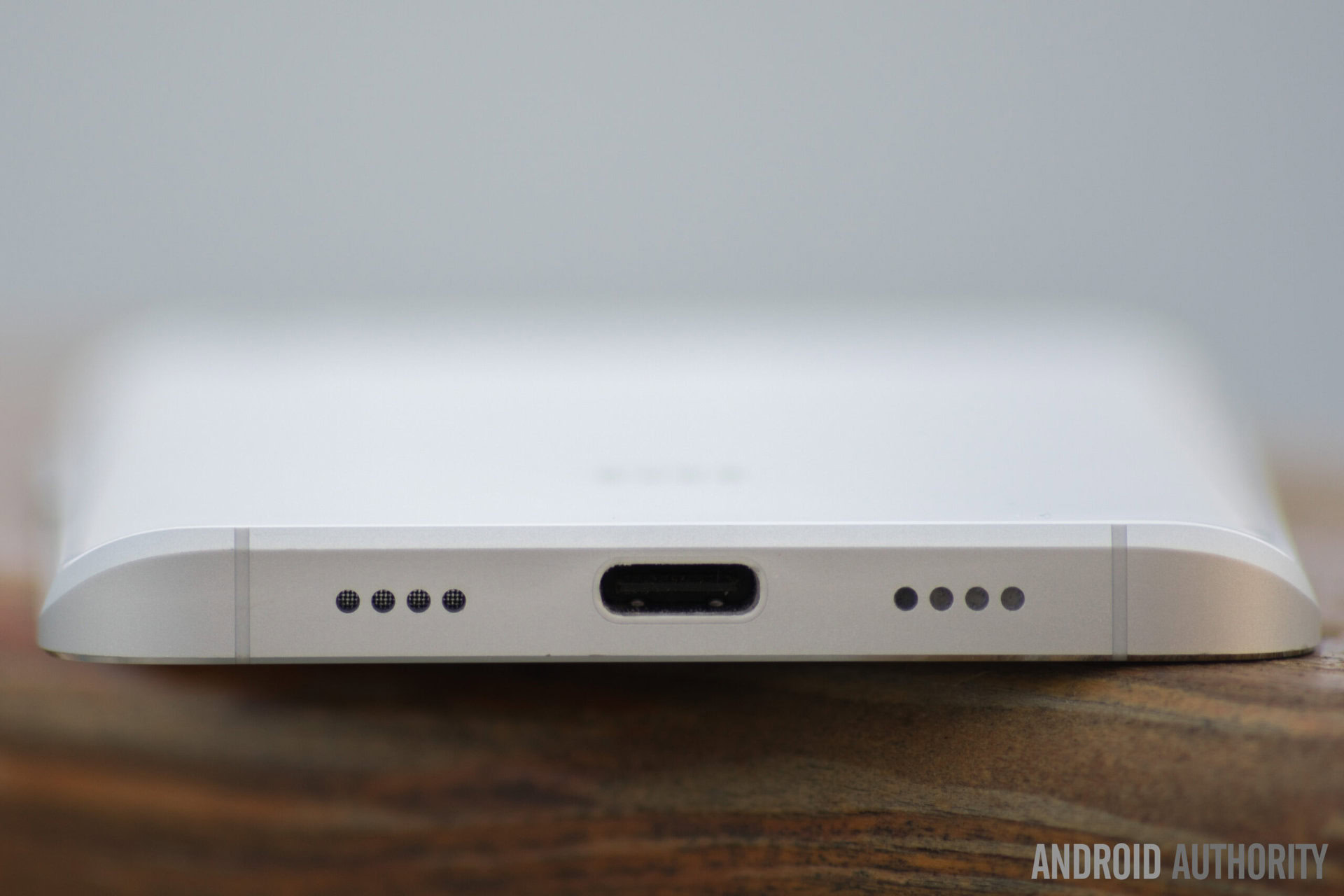
The side-firing speaker found on the Mi 5, which is present to the right of the charging port, sounded better than the Samsung Galaxy S7’s, but was not particularly impressive. As someone who enjoys an arguably unhealthy amount of video consumption on my smartphone, I greatly prefer front-facing speakers over rear-facing and slightly less over side-firing. I found the Mi 5’s speaker to be just adequate. I was not satisfied with its minor distortion nor its position, but I did appreciate its volume and relative quality to speakers found on phones in the same price category.
With the adoption of the USB Type-C 1.0 standard, Xiaomi is investing in the future of wired charging. It may expedite the need to replace your micro-USB chargers with the newer, USB Type-C chargers, but it is arguably well worth it thanks to the new standard’s reversibility and compatibility with Qualcomm Quick Charge 3.0. The Xiaomi Mi 5 in particular boasts the ability to go from 0 to 85 percent within just thirty minutes. To our disappointment, the bundled charger is not compatible with Quick Charge 3.0, but rather with the slower, 2.0.

Battery Life
The Mi 5 is not only fast at charging, however, as it offers excellent battery life to begin with. Its 3000mAh high-density battery allowed me to use the Mi 5 for a minimum of a full day of use. With lighter usage, I had no trouble exceeding the one and a half day mark. The Mi 5’s battery life puts it slightly ahead of the Samsung Galaxy S7, despite being powered by a battery of the same capacity. I should mention, however, that you should not base your decision on this minor difference, as there are too many variables in usage to objectively rank each phone.
Camera
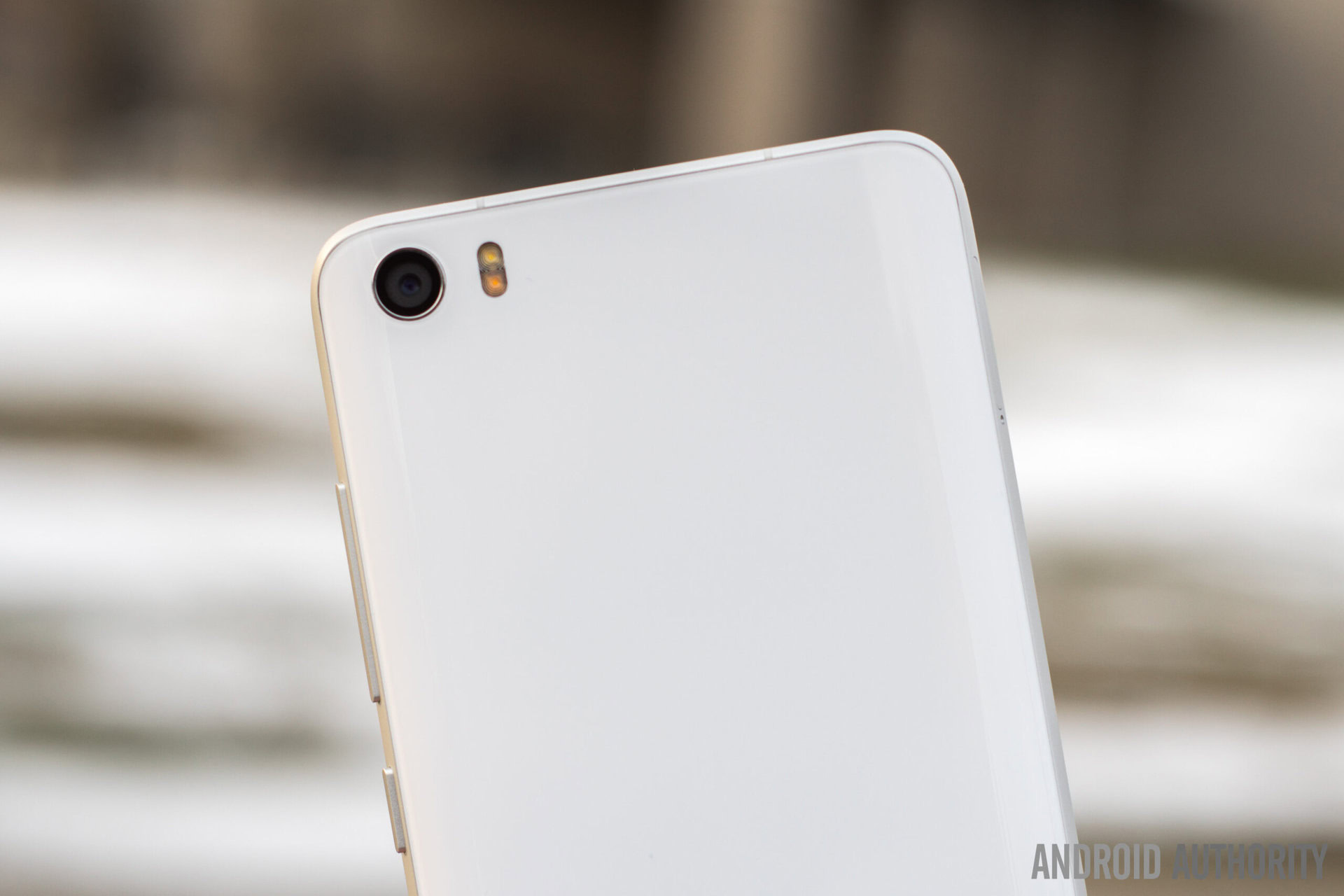
I was quite happy with the Mi 5’s 16 MP f/2.0 Sony rear camera when shooting in good lighting. Images that I took had a great amount of dynamic range and were very sharp and detailed. Color reproduction was also great and images did not seem under nor over saturated.
The dual-LED flash to the right of the camera module was helpful in evening out skin tones, and the 4-axis optical image stabilization worked well and helped reduce motion blur.
Unfortunately, I was disappointed with images taken with the Mi 5 in low-light. The performance is mediocre in comparison to other flagships, and the digital noise and reduced image quality are very distracting. It is important to realize, however, that this may just be the best camera for low-light photography for the price. It does not perform nearly as well as the Samsung Galaxy S7, but one should not forget that you could buy two Mi 5’s for the price of one Galaxy S7.
Xiaomi has bumped up the pixel size of its 4 MP f/2.0 front-facing camera, and I was generally happy with the selfies that the Mi 5 produced. Skin softening is turned on by default, and you may want to turn it off for more candid and realistic results.
MIUI’s built-in camera app is of notable quality, with an easy-to-use auto mode and an advanced manual mode. The manual mode does allow control over white balance, focus, exposure time, and ISO, which should be plenty for intermediate or advanced photographers.
Software
Xiaomi is shipping the Mi 5 with its own custom version of Android, MIUI 7, over Android 6.0 Marshmallow. MIUI may receive a fair bit of criticism for its iOS-like design, but it is actually very enjoyable in day-to-day use. That’s at least partly thanks to the amount of customization that Xiaomi has packed in, which will please many Android enthusiasts.
Built-in features such as a comprehensive theme store, call recording, app cleaner, advanced data usage management, call & text blacklist, advanced battery life profiles, virus scanner, app permissions, bug reporting, and a seemingly countless number of settings options can be found on the Xiaomi Mi 5. What’s even better is Xiaomi’s commitment to keeping their Mi devices updated by releasing weekly stable updates, which sometimes add new features and almost always include bug fixes and optimizations.
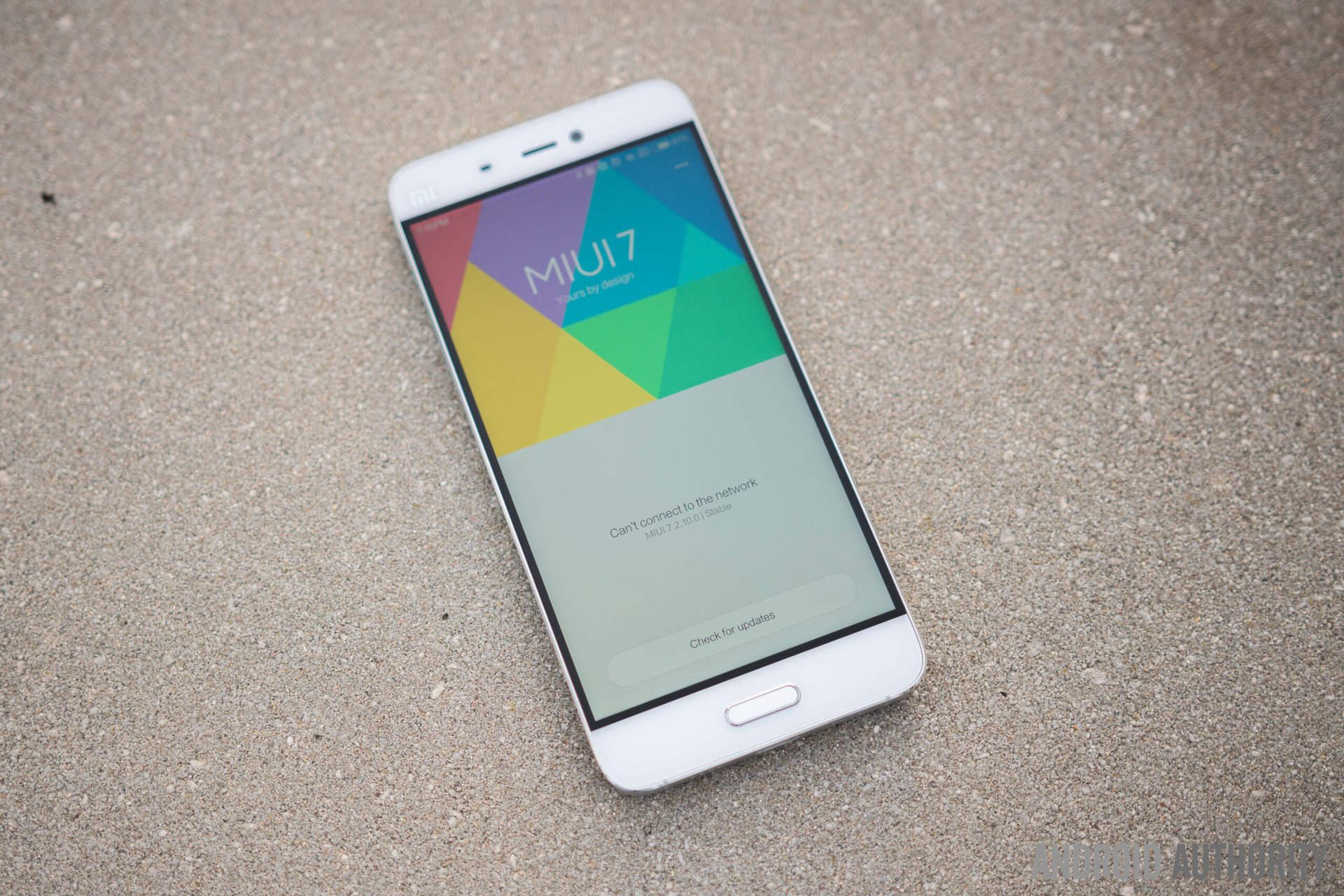
Despite this frequent update schedule, some features found in stock Android Marshmallow and even Lollipop are missing in MIUI 7. Google Now On Tap, multi-user support, and tabbed windows for apps are nowhere to be found, at least in MIUI’s current iteration.
[related_videos title=”Xiaomi in video:” align=”right” type=”custom” videos=”680816,676476,664712,640394,621025,594382,686965″]If you chose to import the Mi 5 from a reseller in China, you need to be aware of a few potential complications. Since the stock China software shipping on Chinese variants does not include Google apps, many resellers have decided to manually add them for you. This sounds great, but in practice, they often add bloatware and sometimes even malware as well. Therefore, it would be very wise for you to flash the global ROM, which includes Google apps, in order to have the best experience possible. Without flashing a stock ROM, you will not be able to receive weekly updates and your personal information may be at risk due to possible malware.
Here is where it gets complicated. Xiaomi recently started locking boot loaders, in an effort to curb reseller shenanigans and increase security. Unfortunately, many resellers have evidently been able to get around this, and have even blocked updating in their custom ROMs, forcing you to unlock the boot loader if you wish to have a secure experience. What’s worse is that the unlocking process is very complicated. Users are forced to wait up to ten days and some features, such as Xiaomi’s “find my device,” are permanently disabled.
This is only an issue if you chose to import the device, however. If you buy the Xiaomi Mi 5 through an official channel, you will have absolutely no trouble.
Gallery
Price
Xiaomi is containing its tradition of competitive pricing with the Mi 5. At 1999 RMB (≈$310) for the base model, Xiaomi is redefining what an affordable smartphone should be. Each model is available in either white, black, or gold and comes with either 32, 64, or 128 GB of non-expandable storage.
Conclusion
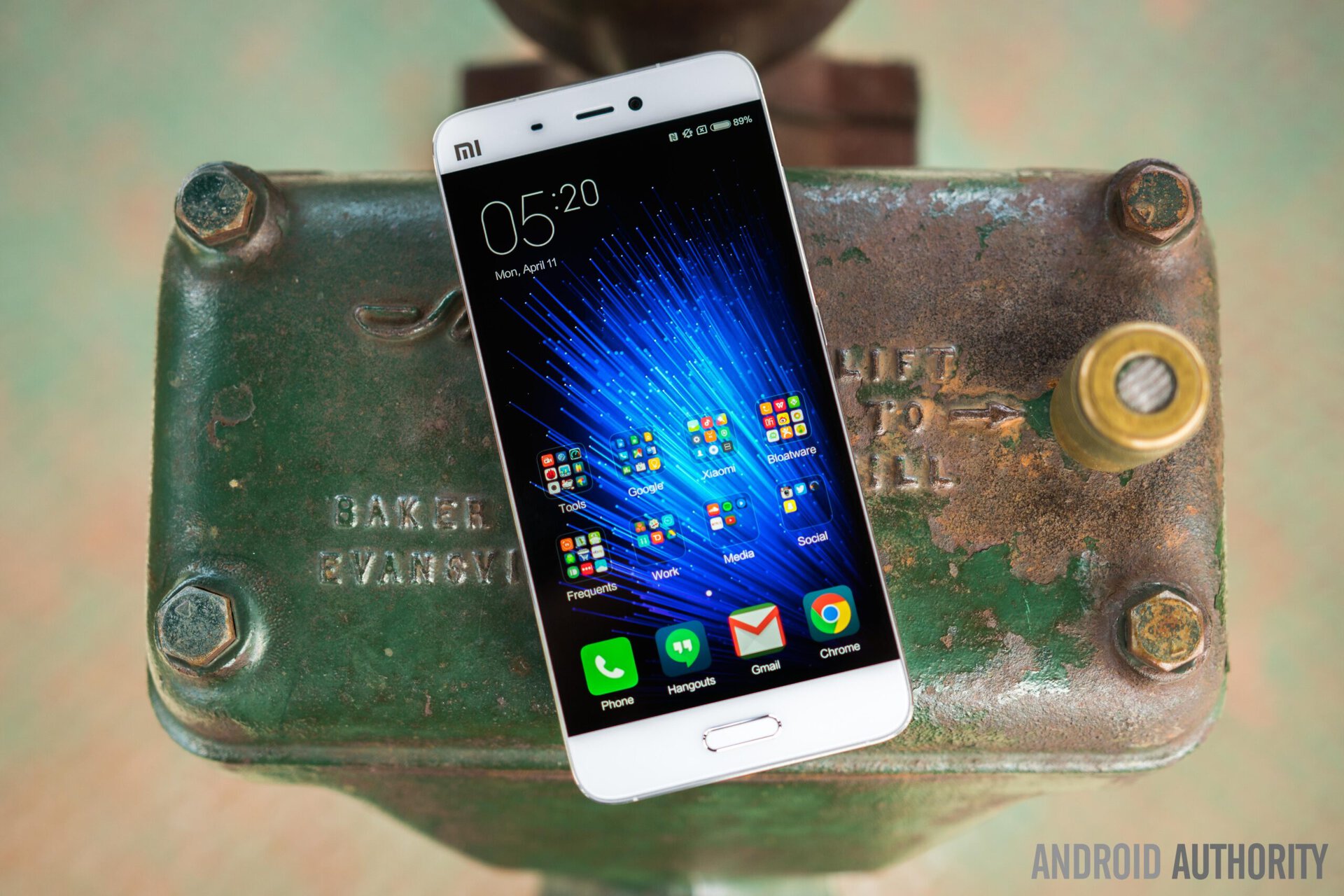
Overall, there’s no denying that Xiaomi has made yet another excellent smartphone. The Mi 5 undercuts the best smartphones on the market in price but not nearly as much in features as in previous years. Although its lack of U.S. availability and 4G LTE support are a major hurdle, its low-light camera may be somewhat disappointing, and MIUI could use a few updates, there’s certainly a lot to love about the Xiaomi Mi 5.
The Mi 5’s design, display, performance, hardware, battery life, camera, and software impressed us overall, which is astonishing at this price point. Xiaomi has yet again raised the bar for what an affordable smartphone should be, and much like previous years, rival OEMs will certainly need to up their game to topple Xiaomi’s latest flagship.
Thank you for being part of our community. Read our Comment Policy before posting.